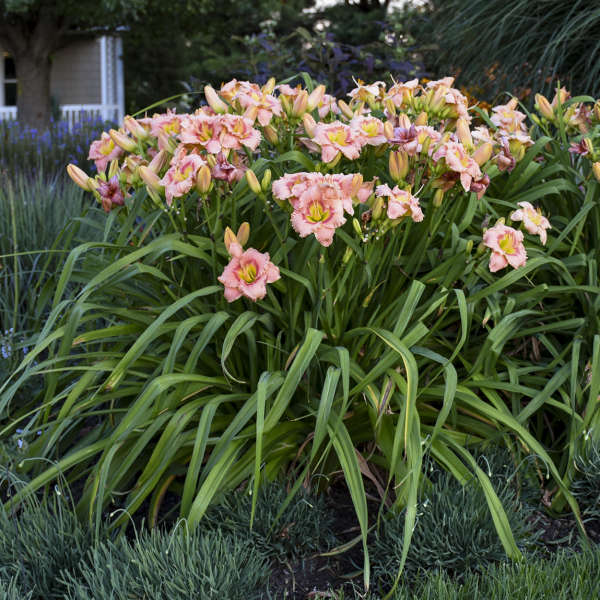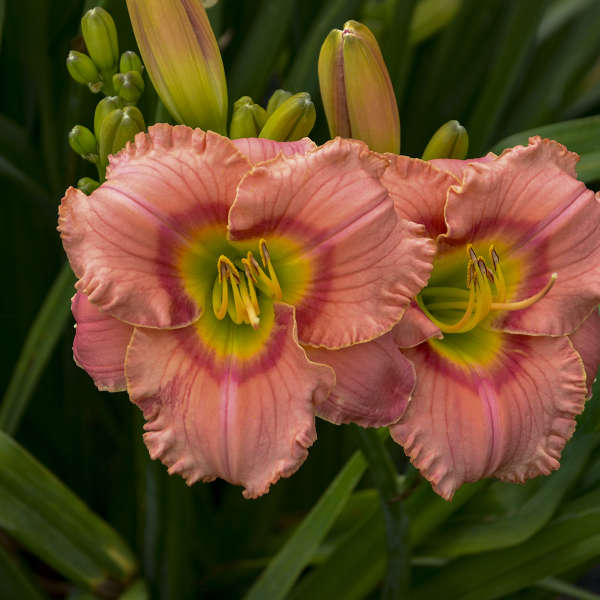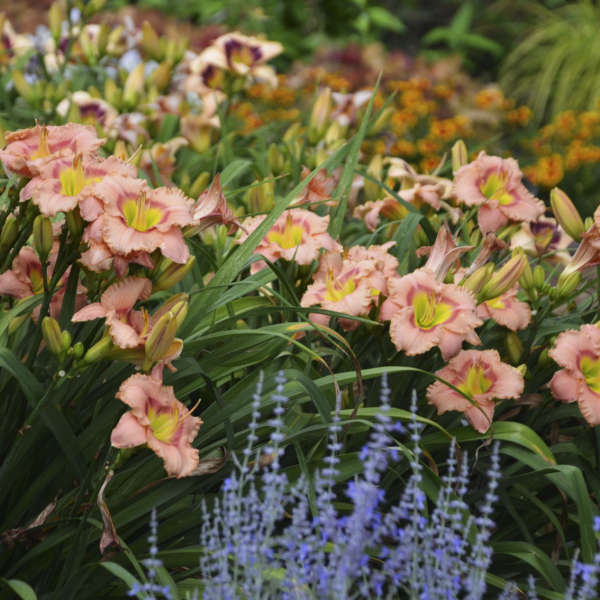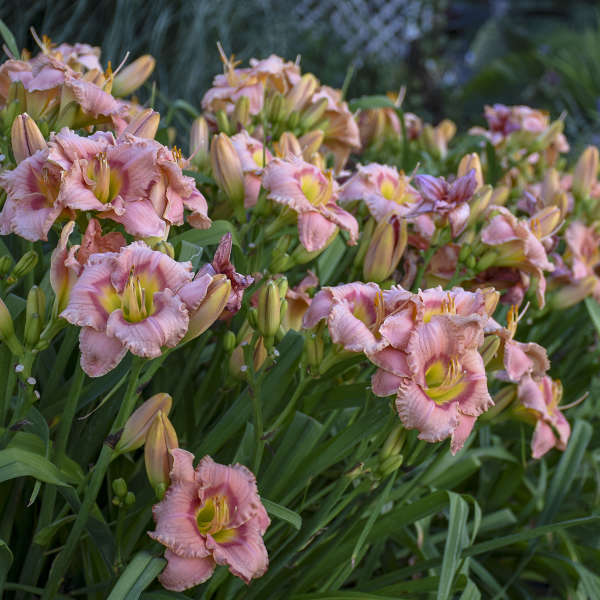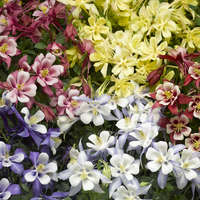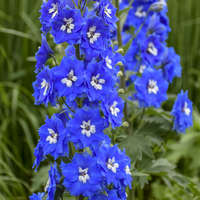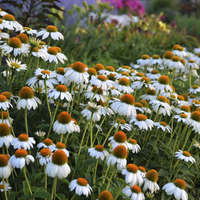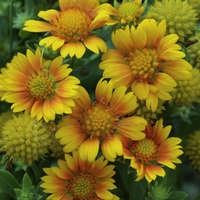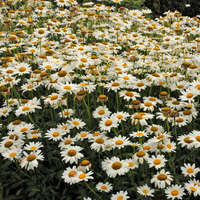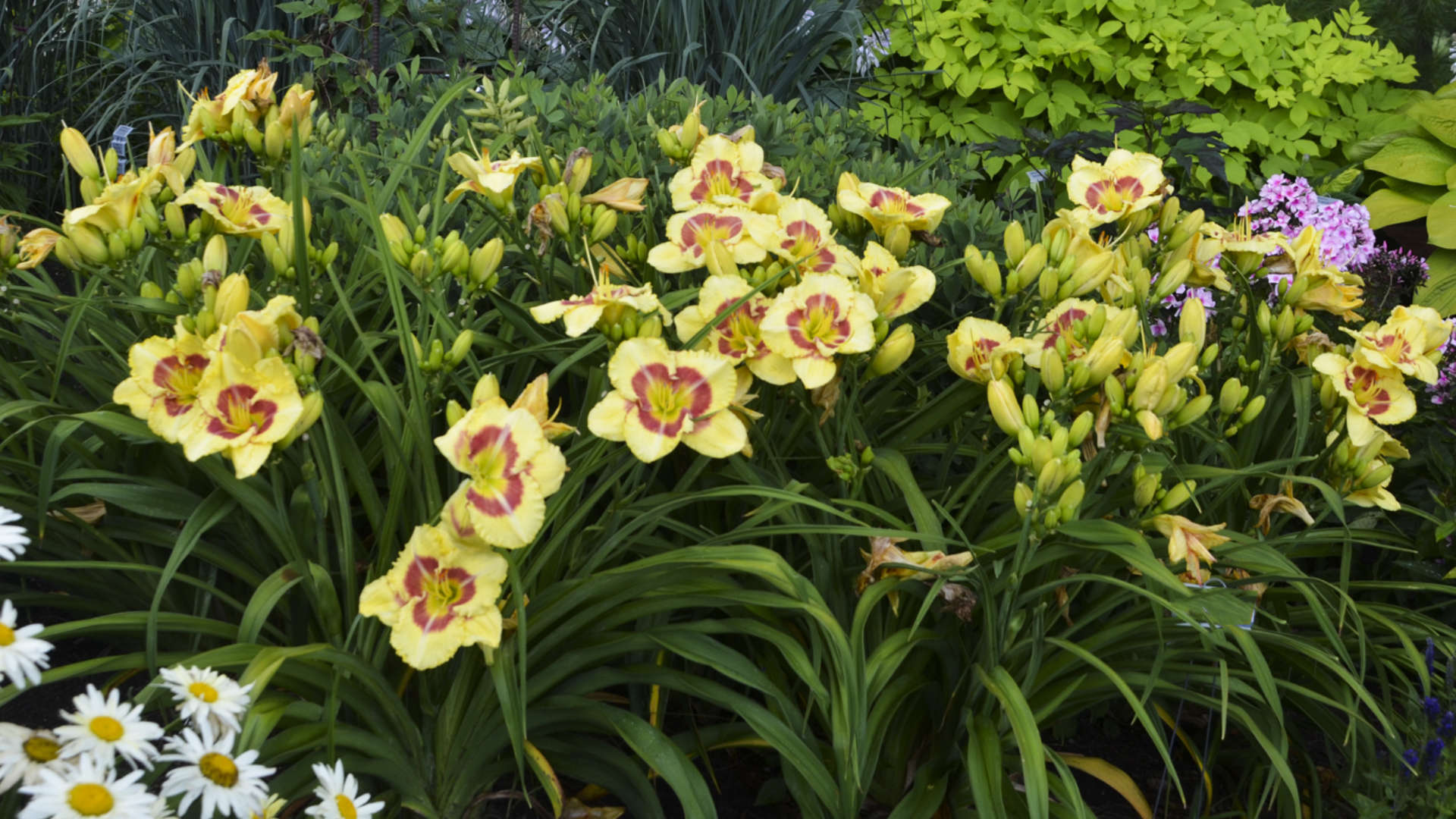Hemerocallis 'Elegant Candy'
Common Name: Daylily
- 4¼", medium pink flowers with a triangular red eye and a green throat
- Blossoms are round in form and heavily ruffled
- The flower color is sunfast
- Strong, well-branched and budded scapes
- Notably fragrant
- Healthy deep green foliage
Daylilies can survive many harsh conditions that other plants cannot including: polluted city environments, slopes, poor and dry soils, near pavement that is salted in winter, and under Black Walnut trees (not affected by juglone).
Characteristics (Compared to Other Daylilies)
- Early Midseason Bloomer, blooming in early July.
- Rebloomer, producing a second set of flowers.
- Fragrant flowers.
- Dormant foliage.
- Tetraploid with 44 chromosomes, twice as many as Diploids. Tetraploids tend to be bigger, stronger plants.
